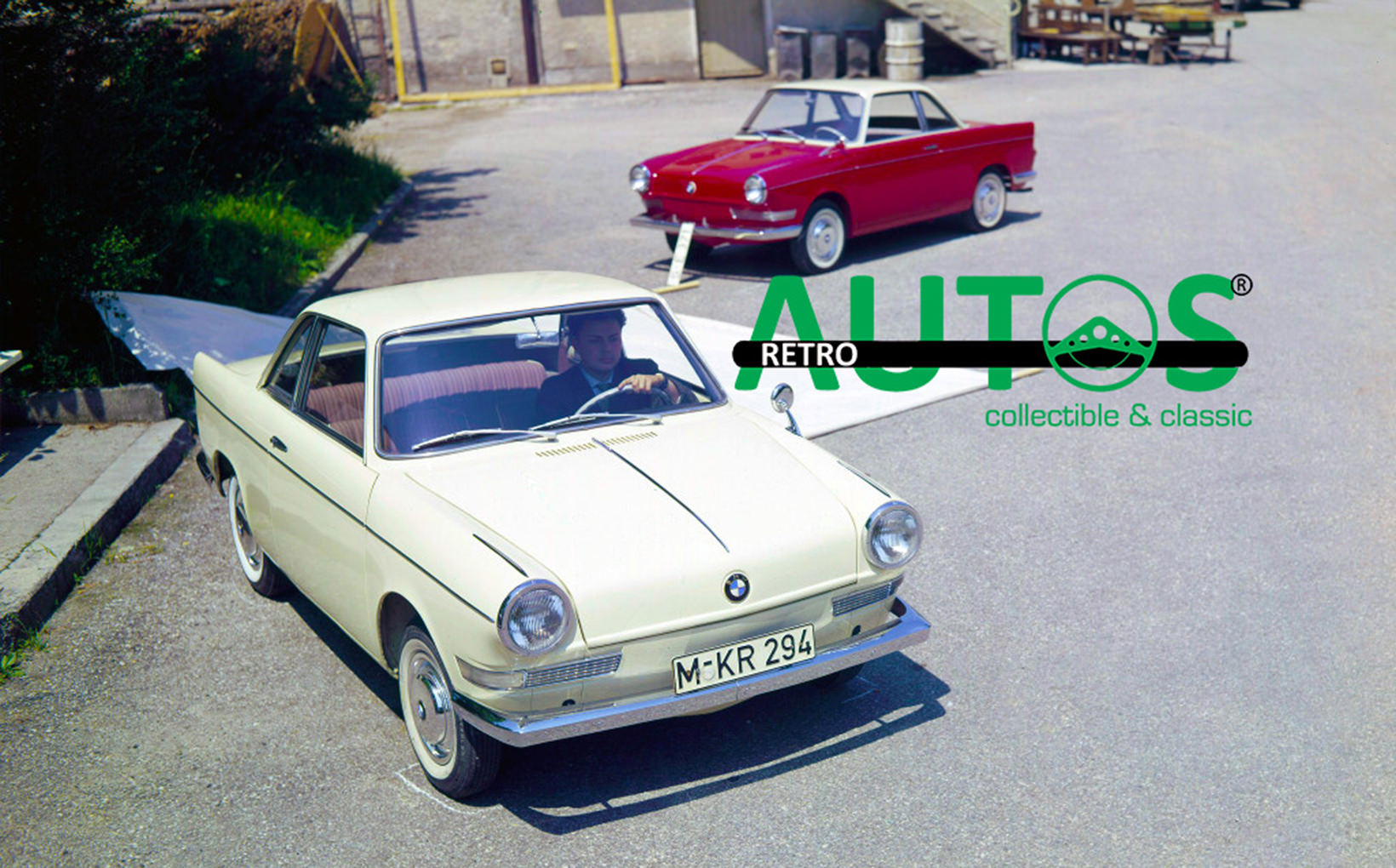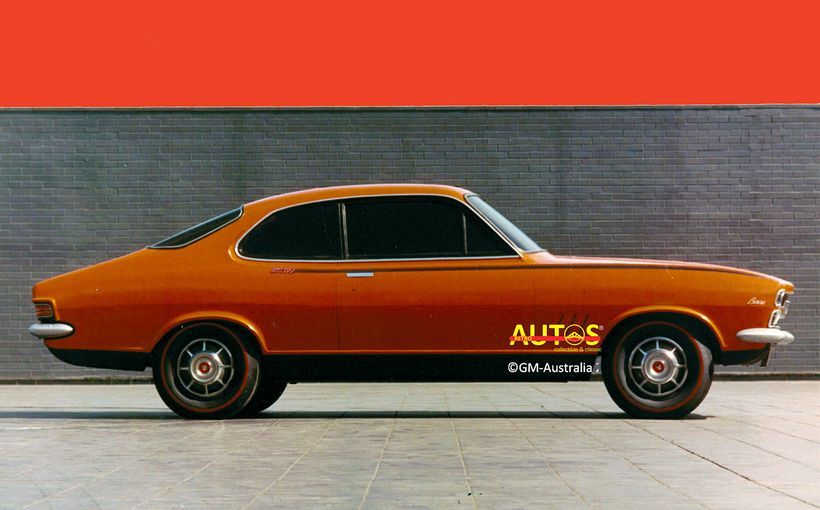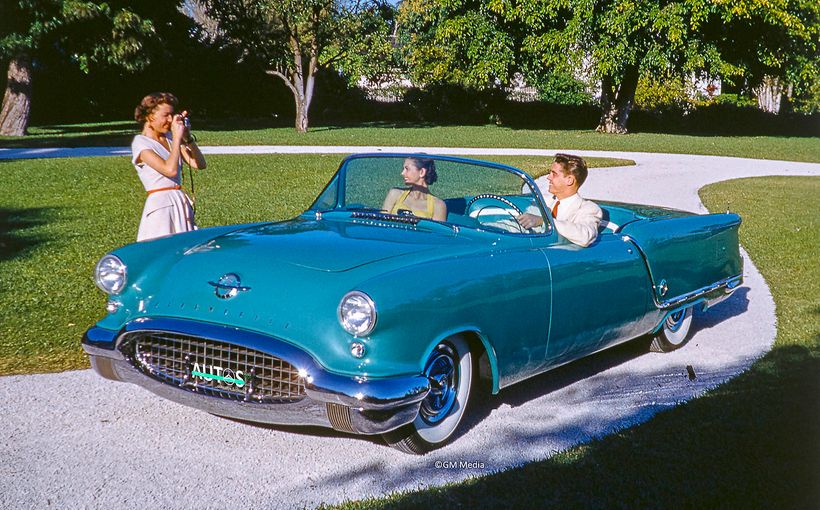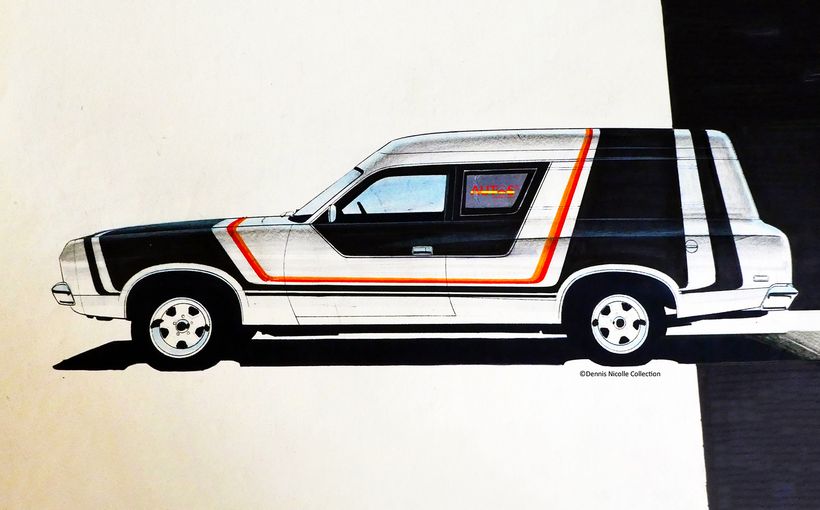
Back in the late 1950s BMW’s existence was far from assured. It was losing money. Takeovers were being discussed. Fast forward to the mid-sixties and VW was beginning to see its market dominance eroded by competitors with their efficient front wheel drive offerings. Both companies needed new products, fast, if they were to survive into the future.
When confronted with developing survival strategies, the two companies approached their futures in different ways.
VW bought other car companies, acquiring their technology, designs and talented people on which it built a multi-brand strategy that spread across most market segments.
BMW looked inward for its success, betting the future on a new class of car, and repositioning itself up market, focusing for two decades on just one brand: BMW.
So, what cars saved VW and BMW? It is a risky business nominating specific automobiles on this topic. Everyone has an opinion! Let me start the debate. From my perspective there are a small number of hero cars without which VW and BMW might not exist today.
I’ll give you a hint. For VW it is not the Beetle.
Yes, the Beetle kicked off VW’s post World War II success. But it did not save them. I reckon the automotive saviours of VW were the 1968 Audi 100 and 1970 K70.
BMW’s hero cars are the largely forgotten 700, the better known 1500 and the iconic 2002.
VW: Acquiring Success
In 1964 VW bought Auto Union and with that purchase gained access to the Audi brand.
For some strange reason, VW forbid the Audi team from developing any new cars after the takeover. The Audi folk ignored the directive and developed a front wheel drive sedan in secret.
And it is just as well that they did, because when VW’s boss, Heinrich Nordhoff, first saw the Audi 100 C1 prototype, with its water-cooled engine, VW was on a tipping point.

Copyright: Volkswagen AG
VW’s competitors were hastily abandoning rear engine and rear wheel drive layouts and were transitioning to front wheel drive. Sales of the aging Beetle were climbing in the USA, and would reach almost 400,000 in 1968. But by 1975 they would plummet to 78,500. The numbers hid the reality. VW was being left behind, technically and strategically.
Despite having banned its development, Nordhoff saw 100’s strategic importance. Released in November 1968, the car generated immediate appeal in Europe and the USA. Its size (think VB Commodore), front wheel drive layout, features and power gave VW a credible presence in the luxury segment of the market, which was new territory for them. It attracted those who were looking for something other than a Mercedes W114/115, BMW 1500/1600/1800 neue klasse, Cadillac, Buick or Lincoln.

Copyright: Volkswagen AG
A svelte coupe appeared in 1970, enhancing the performance-luxury image that VW was cultivating for Audi. By the end of 1971 Audi had sold more than 800,000 100s and it set a template for the future: Vorsprung der Technik.
While the folks at Audi were developing the 100, the designers and engineers at NSU were working on their K70.

Copyright: Volkswagen AG
A K70? What is a K70? Well, the K70 was planned to be a smaller companion to NSU’s innovative Ro80 sedan. The K70 matched the Audi 100 on almost every physical dimension. It also boasted a water-cooled engine driving the front wheels. And yet, the NSU K70’s contribution has been largely forgotten.
The importance of the K70 is that it accelerated VW’s great rotation, literally, out of mainstream rear engine, air cooled, rear drive cars into mainstream front engine, water cooled, front drive cars: 1973 Passat, 1974 Golf and 1972 Audi 80/Fox.
VW got their hands on the K70 by way of a 1969 takeover of NSU, which was in deep financial trouble. NSU had spent up big on trying to make the Ro80 reliable, but as we all know, that was a lost cause.

Copyright: Volkswagen AG
The K70 was developed because of the delays in getting the Ro80 into a state of technical reliability. NSU needed a sedan with a conventional inline engine “just in case”. It was insurance.
NSU announced the car at the 1969 Frankfurt International Auto Show. But the Ro80 situation had proved too much of a strain for NSU’s balance sheet. Soon after the Frankfurt Show a complicated takeover arrangement saw NSU absorbed into the VW/Audi organisation.

Copyright: Volkswagen AG
The K70 reappeared in October 1970 as a VW. It was positioned to complement VW’s slow selling and visually challenged 411/412 four door sedans.
More than that, it gave VW an immediate path to the future. For here was a ready to use crisply styled 1970s car with a water cooled 1.6 litre overhead cam engine, front wheel drive technology, independent suspension and a roomy interior.
The company actively promoted the change of direction embodied by the K70. “Love the VW K70 – because it opens up a new VW era,” was the advertising slogan. The media handouts to motoring journalists said it was “a new Volkswagen, different to all the others made to date.”


Copyright: Volkswagen AG
It was not all plain sailing, however. At first the typical VW buyer did not take to the K70 and only 211,100 were built before production ended in early 1975. But VW were not targeting the typical VW buyer replacing their old VW Beetle or Type 3 with a new K70. They were expanding their appeal to buyers of cars made by every other car company.
In many ways, first Audi 100 and the K70 were stop gaps that allowed VW time to combine Audi and K70 styling themes and technology into cars with mainstream appeal—Passat, Polo, Sirocco and Golf—while Audi went after the upper end of the market.
VW’s website today acknowledges the influence of the K70.
“The uncluttered design with its clear lines, which is still attractive today, proved to be ground-breaking. The notchback sedan was designed by Claus Luthe, one of the major automobile designers of his time. His design signature is also evident in later Volkswagen models such as the Golf and the Polo.”


Copyright: Volkswagen AG
VW’s future remained shaky for another decade, but slowly it built itself into one of the world’s largest automotive organisations, annually vying for the number one position with Toyota. You have to wonder what would have happened if it had not bought Auto Union and NSU? And what might the automotive landscape be like now if Nordhoff had rejected the Audi 100 prototype rather than realising his mistake of suppressing its originators’ creativity and forward thinking?



Copyright: Volkswagen AG.
BMW: By the Numbers
Back in the late 1950s BMW was not as successful as it is today. It had a disparate range of vehicles. At one end was the cheap and tiny Issetta bubble car. At the other end, was the high-priced luxury 501/502 sedan and two sports cars, the 503 and 507.


Copyright: BMW AG
The diminutive Issetta, which was licenced from an Italian refrigerator maker, was sold in various engine sizes and styling variations. The biggest version was the 600, “boasting” a 67 inch/1700mm wheel base. It was bravely promoted as being comparable with the VW Beetle. But its contribution to the bottom line was miniscule.


Copyright: BMW AG
The problems with the 501 and 502 are visually obvious. They might have looked barely appropriate in the early 1950s but they were not cars for the swinging sixties. The 503 and 507 were almost hand built, expensive and the preserve of the rich and famous. BMW sold only 413 examples of the 503 in three years. Even worse, the 507 was supposed to sell in the thousands, but managed only around 250. Big losses resulted.
Simply, BMW lacked an affordable family car that sold in volume numbers and made a healthy profit. Consequently, when 1958 rolled around, its finances were dire. Bankruptcy was a possibility.


Copyright: BMW AG
A takeover by Damlier Benz was discussed during 1958 by the BMW Board. But there was one hold out. He was Herbert Quant and he and his family-owned shares in BMW.
He could see the potential in the company’s new 700 series rear engine cars that were due to be released in 1959 and in what would become known as the “Neue Klass” range, planned for 1962. So, he started to buy more shares, and the threat of takeover was extinguished.

Copyright: BMW AG
Unveiled at the 1959 Frankfurt Motor Show, the 700 was the first BMW to use a monocoque structure. Powered by a rear-mounted 697cc flat-twin derived from BMW’s motorcycle engine, it proved to be just the hit BMW needed.
Based on a lengthened 600, its development began in mid-1958, but not inside BMW. The idea for the car came from Wolfgang Denzel, an automotive engineer and BMW’s Vienna franchise owner. He had a concept car styled by Giovanni Michelotti. When the BMW board saw it, they gave almost immediate approval. Its production styling was overseen by BMW’s new design boss, Wilhelm Hoffmeister.
The 700 was initially offered as a coupe. A sedan and cabriolet soon followed. BMW went on to sell a very much needed 188,000 units before production ended in 1965.
The 700 gave BMW the time and money to continue to develop the car that would be a game changer—the Neue Klasse or New Class.
The New Class prototype sedan debuted at the Frankfurt International Auto Show in September 1961. Production did not start until October 1962.

Few could match the lithe, affordably priced, 1.5 litre, well equipped, great handling, compact sedan with independent rear suspension and front disc brakes. Sitting on a 100 inch/ 2550mm wheelbase (think LC Torana size) it appealed to those who wanted something more exclusive than a Ford Taunus 17M or Opel Rekord A. It sat neatly between the Fiat 1500 and 1800/2100 models in size. The Peugeot 404 was bigger and Mercedes’ smallest model was the W110 “fintail”.
Styled again by Michelotti, the New Class took its overall shape from the Chevrolet Corvair, with a defined high waist line around the entire car. The car also saw the debut of the Hoffmeister’s rear door trademark “kink”. The reverse angle “kink” was not a new idea. American designer Howard Darrin had used it on the 1951 Kaiser and it also appeared on the company’s 1951 Henry J.
The 700 and 1500 resulted in BMW breaking even in 1962. Sales and profitability rose year on year thereafter as more variations and increased engine capacities joined the line-up.


Copyright: BMW AG
And now we come to the 2002.
The origins of the 2002 are the stuff of automotive folklore. One version has BMW’s U.S. importer, Max Hoffman, suggesting that BMW insert its two-litre engine into the two-door sedan in order to meet America’s new anti-pollution legislation. Another says Hoffman wanted a fast sports sedan to sell from his New York City dealership showroom located on Park Avenue. Yet another suggests that a couple of BMW’s senior executives had independently inserted the two-litre engine in their 1600 two door sedans and were impressed with the car’s elevated level of performance. In essence, all of the reasons are true to lessor or greater degree.


Copyright: BMW AG
Sales of the 2002 in the USA rose exponentially after Car and Driver magazine’s David E. Davis Jnr wrote his now legendary road test in the April 1968 edition. There are so many fabulous Davis quotes which I could insert here. Too many, in fact, to give his story any justice. But I’ll give it a try with just one.
“To my way of thinking, the 2002 is one of modern civilization's all-time best ways to get somewhere sitting down.”
“The Ultimate Driving Machine” had arrived. BMW was set to conquer the world.
Without the 700, 1500 and 2002, BMW, as we know it today, would be a very different company, if it existed at all.
Retroautos is published and written by David Burrell with passion and with pride.









